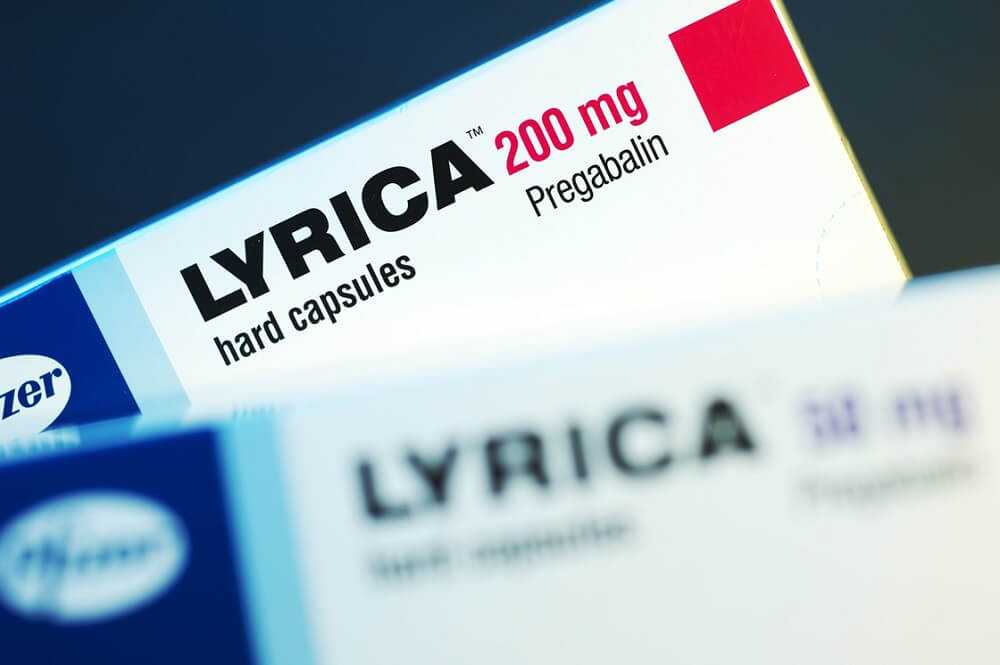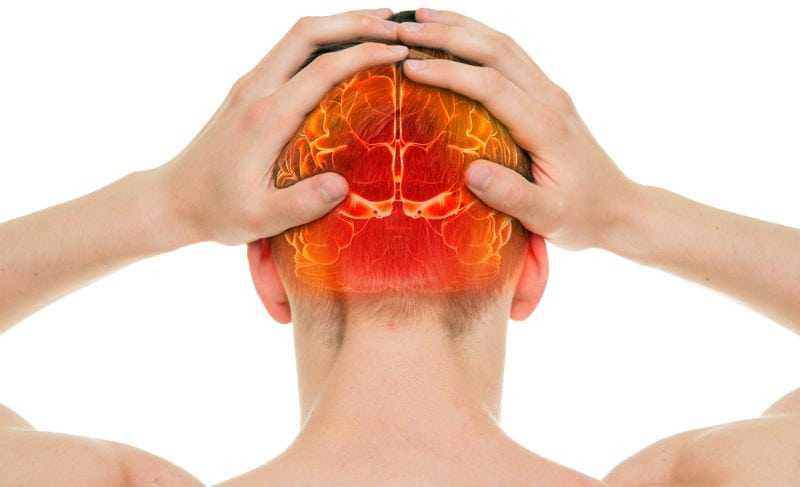The 7 Best Treatments For Chronic Pain

With 100 million Americans having some type of pain syndrome, the U.S. faces some hard choices when it comes to funding healthcare. Acute care of illness remains the top priority for any healthcare system. However, we crossed an important threshold years ago when the incidence of chronic illness (and subsequently pain) grew to critical mass. Therefore, it is more important than ever to be able to prioritize what therapies work best for chronic pain. This post will feature the 7 best treatments for chronic pain.
I have devised a rating system for evaluating the effectiveness of chronic pain treatments. It has 7 metrics that any given pain treatment can be rated on. Taking a page from the rating of chronic pain, I have chosen to rate each metric on a scale of 1 to 10. 1 would be poor and 10 would be excellent. The metrics are as follows:
- Effectiveness: treatments that are reliably effective will get the best rating. Reliability is a statistical concept that means the therapy is predictably and consistently effective.
- Cost: the best treatments will be low cost while still being effective. A high cost treatment that is effective will have limited impact.
- Risk: the best treatments will have minimal immediate risk to the person using them.
- Availability: this metric takes into account the practical application of a therapy to as many people as possible. Highly effective therapies that can only be administered to a few will score poorly.
- Recovery Time: this metric is particularly directed at surgical procedures. It also has application to other therapies in just how long it takes to relieve chronic pain (or whether there is a long delay in the therapeutic effect of a treatment).
- Side Effects: the inducement of severe side effects from a treatment can greatly diminish its value to a person in chronic pain.
- Durability: a good chronic pain treatment will have a lasting effect on reducing pain. This metric includes the concept of tolerance which is seen in most therapies for chronic pain.
In the next section I will be scoring each treatment based on the metrics just presented. The scoring system is a way to quantify the value of each therapy. Given the growing limitations to funding chronic pain treatment, the higher scored items should be the “go-to” therapies that pain practitioners lean towards with their patients.
The Seven Best Treatments for Chronic Pain
Number 7 – Microsurgery:
This type of surgery (particularly useful for spinal surgery) limits the surgical injury that any procedure can induce. Nearly all surgical procedures require inducement of injury to effect a treatment. This compounds or prolongs recovery.

Furthermore, the more manipulation of tissue that is necessary in any given procedure correlates to the intensity and duration of anesthesia necessary. Generally, the more anesthesia necessary for a procedure the greater the likelihood of post-operative complications. Microsurgery rates on the previously mentioned metrics as follows:
- E) Effectiveness: when the patients are carefully selected this type of surgery is very effective so it rates a 9 (out of 10).
- (C) Cost: this type of surgery requires special equipment, training, and support staff. It is very costly so it rates a 3 (out of 10).
- (R) Risk: being a surgical procedure elevates the risk but less than other surgeries that manipulate large amounts of the human anatomy. I give it a risk rating of 6 (out of 10).
- (A) Availability: due to the advanced training, special equipment, and facilities necessary this form of therapy has limited worldwide availability so I rated it a 3 (out of 10).
- (RT) Recovery Time: the major advantage of this type of surgery is the very short recovery times associated with it. It gets my highest rating for a surgical procedure with a 9 (out of 10).
- (SE) Side Effects: though a much shorter procedure in the hands of a skilled surgeon, several of the same post-operative risks still apply. I rated it an 8 (out of 10).
- (D) Durability: when the patients are properly selected, this type of surgery will often result in a cure of the chronic pain. Because selection can be difficult I rated this a 7 (out of 10).
The overall score for microsurgery earns it a value of 45 out of 70 placing it as number 7 in rank for the best therapies in chronic pain management.
Number 6 – Lyrica (click here to read my post on this subject):
This medication has revolutionized the therapy of chronic neuropathic pain. It works on a central neuro-mechanism and is applicable for both central and peripheral neuropathic pain. Its metric rating is as follows:

- E: it is best used for neuropathic pain syndromes which does limit its usefulness in other chronic pain states. For the neuropathic syndromes it is reliably effective so it is rated an 8.
- C: this medicine has a high retail price which limits who will be able to afford it. I gave it a 7 on this metric as most health insurance companies will cover it.
- R: as this medicine can non-specifically affect a number of neural functions, it requires close monitoring when adjusting the dose at the outset of therapy. I gave it a 6 for that reason.
- A: this medicine is now widely available in the U.S. but can be difficult to obtain in developing countries. It earns a 7 for that reason.
- RT: this medicine may require weeks before its clinical effect is maximally reached in reducing pain. The delay in effect earns it a 7 on this metric.
- SE: this medicine has a high side effect profile so it earns a 3 on this metric.
- D: once the pain is controlled on this medicine, the effect is maintained for long periods. Tolerance to this medication is less than with other pain medications. For this reason it earns an 8 on this metric.
The total score for Lyrica is a 46 which ranks it number 6 in the 7 best chronic pain treatments.
Number 5 – Cymbalta (click here to read my post on this subject):
This medication works by 3 different neuro-mechanisms and has application for relief of depression and chronic pain. As most patients with chronic pain have co-existing depression, it is a very useful medication for chronic pain patients. However, due to its multiple mechanisms, it also has several very challenging side effects which has earned it a “black box” warning by the FDA (a “black box” warning by the FDA indicates a serious hazard may be encountered taking the medication). Its metric rating is as follows:

- E: this is a very effective medicine for pain and depression. There is no other medicine on the market that equals this dual effect. Therefore, it earns a 9 on this metric.
- C: there is a generic of this medication now available that makes it more affordable. I have given it an 8 rating for this metric.
- R: due to the “black box” warning this medication earns a 3 on the risk metric.
- A: the medication is widely available as a generic so it earns an 8.
- RT: there is a delay in the onset of relief with this medicine so it earns a 7.
- SE: due to its multi-mechanisms it has a high side effect profile so I have given it a 4 on this metric.
- D: tolerance to this medication is mild so it earns an 8.
The total score for this medication is a 47 which earns it 5th place in my ranking for the 7 best chronic pain therapies.
Number 4 – Skin Applied Therapies
This form of therapy has many applications, many types of substances, has the ability to be made at “boutique pharmacies” (where a Doctor can instruct a pharmacist to make special formulations), and has many over-the-counter treatments available. This type of therapy is probably very under-utilized by most patients and physicians. The metric rating is as follows:
- E: the wide variety of type of topical therapies makes it very likely that an effective formulation can be found. Therefore, I give it an 8 for this metric.
- C: there are cheap as well as expensive formulations so a 7 is earned for this metric.
- R: this type of therapy has one of the lowest risk profiles of any group of medicines earning a rank of 7.
- A: this is a widely available category of medicine – 8 out of 10 here.
- RT: there can be some delay in onset of pain relief if the right topical is not selected. I gave it a 7 for this reason.
- SE: due to the slow absorption of the medicine there are few side effects with this modality so I rank it a 7 for this metric.
- D: tolerance can build for the medicine (depending on its molecular structure) so a ranking of 7 has been given.
Topical therapies should be in the regimen of nearly every chronic pain patient. It scores a 51 and places this type of therapy at 4th place in the 7 best therapies for chronic pain.
Number 3 – Infusion Pump Therapy:
Although this type of therapy is reserved for special cases of chronic intractable pain, it is included in the list because many pain management physicians seem to forget its usefulness. Overall, this form of therapy ranks very high on our list of the 7 best treatments for chronic pain. The metrics are as follows:
- E: when all other therapies fail, this type of continuous intravenous infusion therapy of an opiate is effective. It earns the highest rating for effectiveness at a 10.
- C: although the insertion of the special intravenous or spinal infusion line is expensive (as well as the pump device), most insurance carriers will cover the cost so the metric here is rated a 7.
- R: the risk of insertion requires a surgical procedure so the metric is rated a 6.
- A: most surgeons are trained to insert the intravenous device so it earns a 7.
- RT: the relief of pain is of very rapid onset. Also, the surgical procedure for an intravenous line can be done in a “Same Day” procedure unit. The rating here is an 8.
- SE: there are some potential problems with the pump and infection so the rank here is a 6. Medication side effects are minimal as low doses of pain medication can be used.
- D: in most patients this form of therapy will be effective for a lifetime. I have rated it a 9 for this metric.
The overall ranking for this type of therapy is a 53 making it the 3rd most valuable type of chronic pain therapy under special circumstances.
Number 2 – Opiate Pain Medications (click here to read my post on this subject):
Probably the most controversial, but very useful, therapy in chronic pain management is the use of opiate pain medicines. There are many biases and myths associated with this category of pain medicines. Unfortunately, this therapy has been greatly politicized in the U.S. and remains the target of an ongoing “war on drugs” by law enforcement. The ranking for this category of therapy is as follows:
- E: all organic pain is diminished by these medications. I give them a 9 out of 10 ranking.
- C: although there certainly are branded opiates that are very expensive, there are many very inexpensive forms also. The long acting, slow release forms of this category of medicine tend to be over priced. However, Methadone is extremely inexpensive and a very useful long acting pain medicine when used properly. The rank for this category is an 8.
- R: the risk in using this form of therapy is essentially the addictive potential. In a recent report that was published by the Cochran Review, the actual risk of addiction in the general population is less than 1%. I rate this category a 7 out of 10.
- A: this category of medicine is available worldwide for pain relief. I give this a 9 out of 10 availability rating.
- RT: relief of pain begins within 45 minutes of taking the short acting opiates so a 9 out of 10 rating is deserved.
- SE: the side effects of this category of medicine go up as the dose escalates. There is no “ceiling effect” on opiate therapy (the level above which no additional reduction of pain is observed). Furthermore, as a reliable patient takes their medication regularly, a tolerance to many of the negative side effects builds. I rank this category at a 7 out of 10.
- D: the literature on opiate pain medicine is divided about the long term benefit of this category of therapy. In my own experience, I had dozens, perhaps hundreds, of patients that were on opiates for over 10 years with persistent benefit in reducing their pain. I rank this category a 7 out of 10.
The overall point ranking for this category of medicine is 56 making it the second most useful therapy for pain management.
Number 1 – Therapeutic Exercise (click here to read my post on this subject):
There are very few contraindications to a structured therapeutic exercise program for people in chronic pain. I advise that all people in chronic pain consider exercise as the fundamental treatment in their pain reduction regimen. The rating, for this most excellent of all therapies, is as follows:

- E: exercise releases endorphines and counter-regulates inflammation. It gets a 10 out of 10 rating in this category.
- C: most of the exercise that is needed for chronic pain can be done at home without expensive equipment. I rate exercise a 10 in this category.
- R: with a little common sense, there is virtually no risk with exercise in chronic pain. Since common sense is uncommon I rate exercise a 9 for this category (otherwise it would get a 10).
- A: exercise is virtually available to all people…my rating is a 10.
- RT: the benefits of exercise begin with the very first session. The rating here is a 10.
- SE: except for over-training, there are no negative side effects to therapeutic exercise. I give a 10 rating here too.
- D: the benefits of exercise are experienced at all stages of life. I give this a 10 out of 10.
Exercise has the highest score of all therapeutic modalities for chronic pain at a 69 out of a possible perfect score of 70.
Finally
So there you have my 7 best treatments for chronic pain. There are hundreds of treatments for chronic pain but these constitute the most useful of all. Let me know what you think about my list and whether you agree or disagree. I hope you found my ranking system useful.
If you have questions or would like to leave a message please do so below. I would love to hear from you.
Wishing you joy and healing.
Facebook
Google+
Twitter
Pinterest
Reddit
Skype
StumbleUpon





